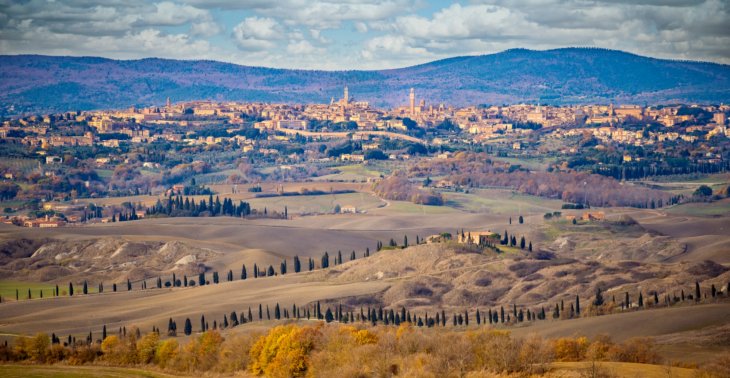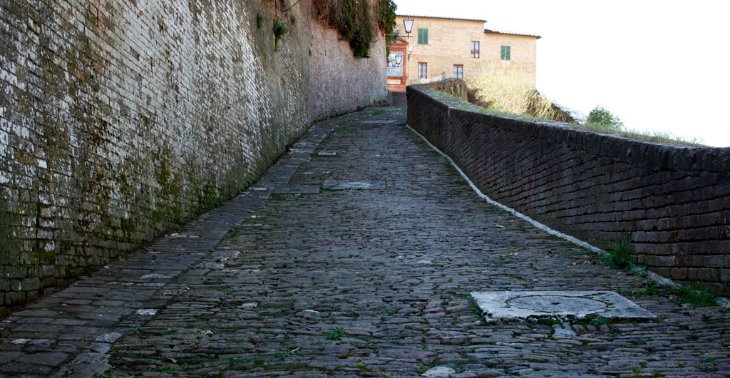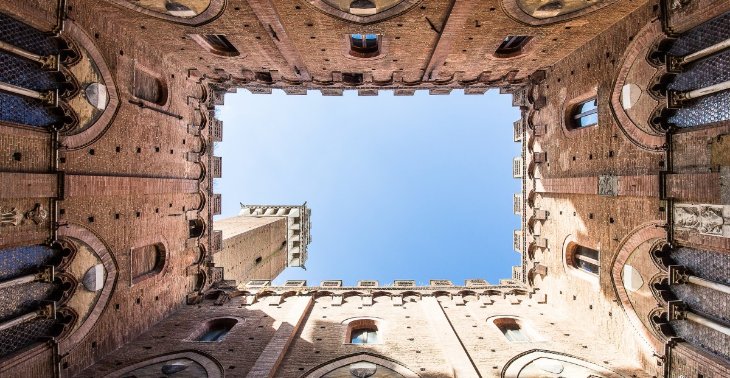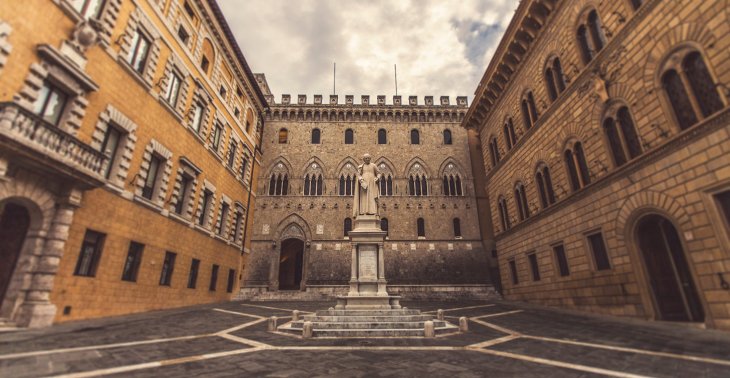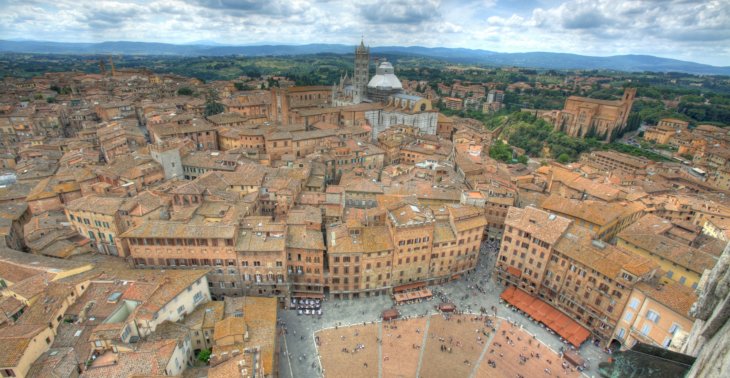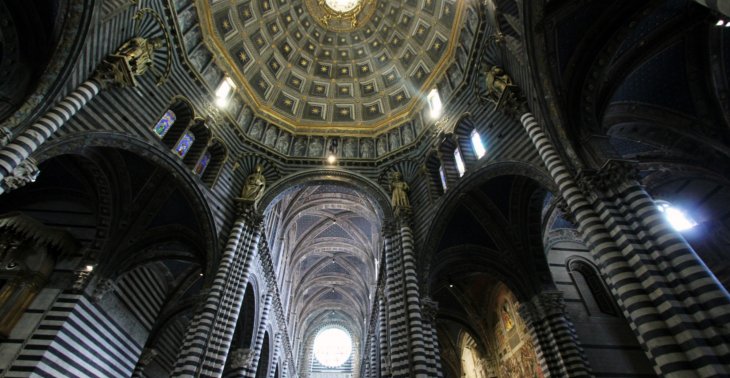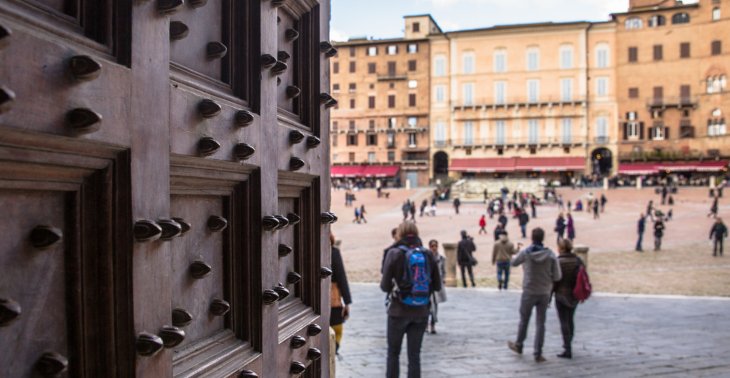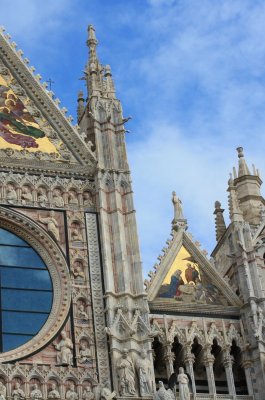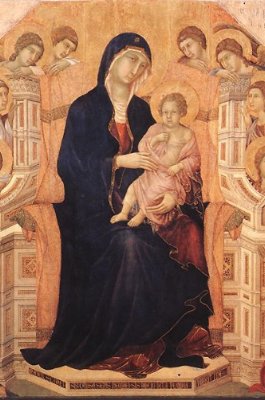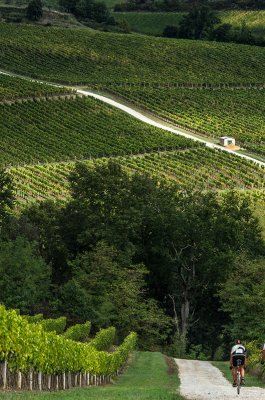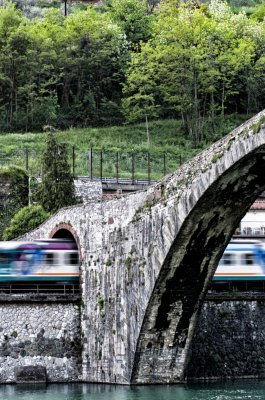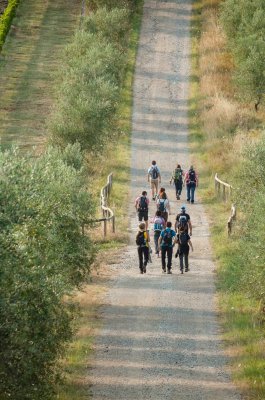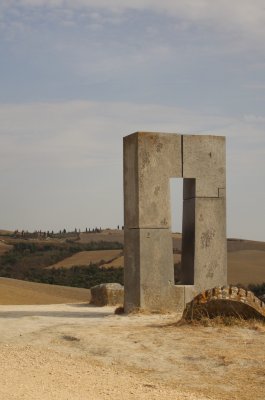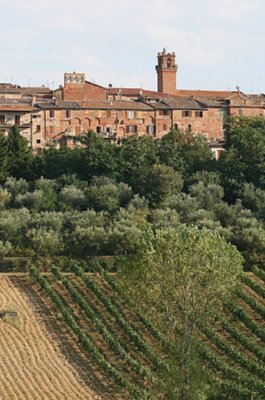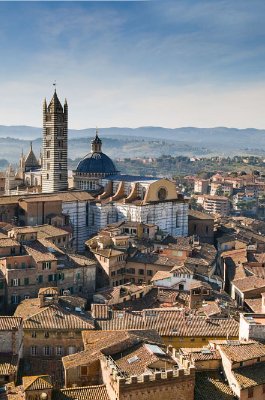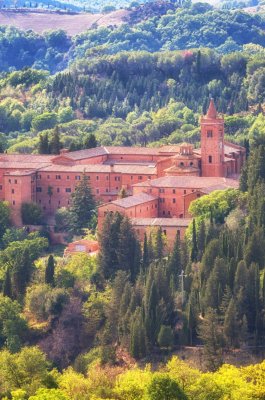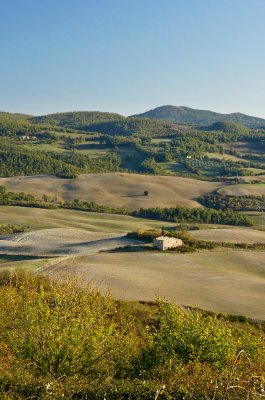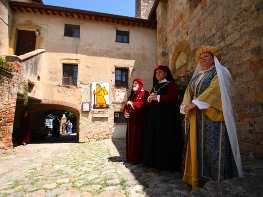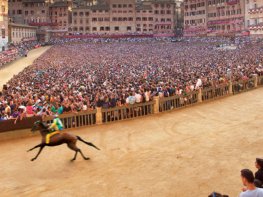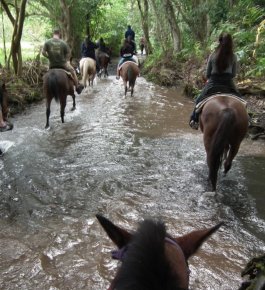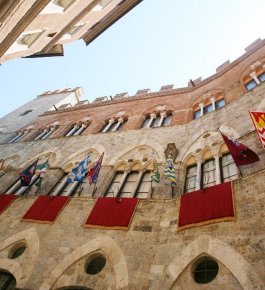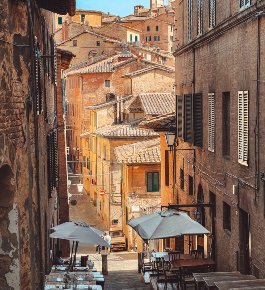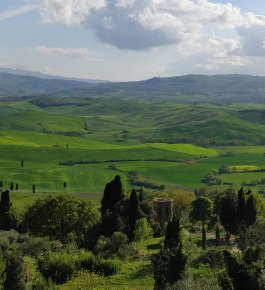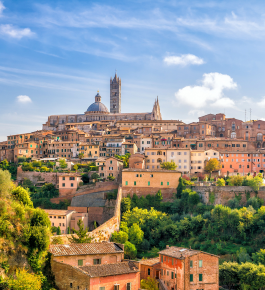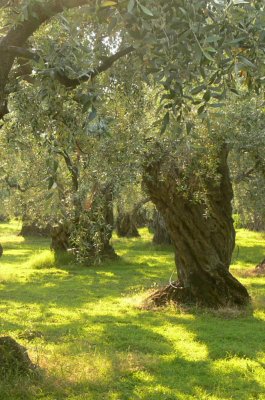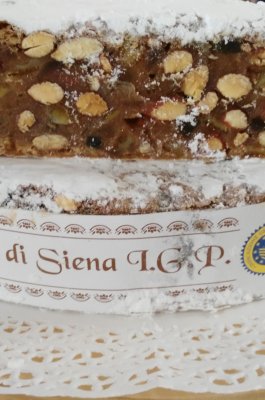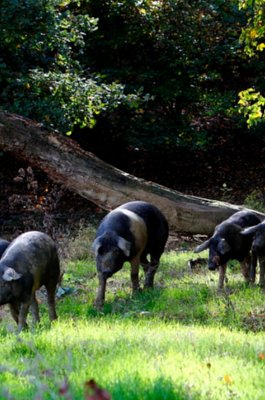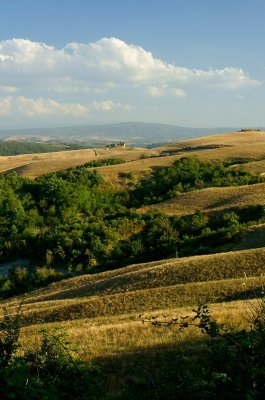At Museum of Biccherne the State Archives of Siena you'll find a work whose subject is the arrival of an embassy in Siena in 1498. The painter, close to Girolamo di Benvenuto, created a lively and large group, composed of several armed horsemen and some infantry on foot, while he is entering Siena. Based on their expression of amazement, the characters were identified as the ambassadors of some Italian or foreign state in admiration at the magnificence of the city they were entering. During 1498, Pandolfo Petrucci the Magnificent, the future ruler of Siena, enacts a tortuous political battle against Italian powers at war, maintaining contacts with both Venice and with the League of Florence and Milan: thus, at the end of August, the Venetian ambassador Alvise Sagundino came to Siena. The group is following, almost in procession, the Via Francigena in the section north of the city, and it features the Antiporto and "torrazzo" Camollia (which no longer exists today), two well developed ports of the defensive city walls. You'll also notice the small hospital of St. Anthony, and that of the Holy Sepulchre (which no longer exists): here there were accommodations for many travelers and pilgrims.
In the twelfth century, in front of the hospital that has long welcomed the visit of pilgrims to the Via Francigena, the Cathedral was built with beautiful marble and frescoes using natural colors. To see these materials just go to the Museum of Natural History of the Academy of Fisiocritici. Here you can find a collection of marbles used in the Cathedral of Siena; important for knowing the types used and the quarries of origins for restoration and maintenance over time.
Almost all the great Sienese artists worked for the Santa Maria della Scala, Siena's main hospital built along the stretch of the Via Francigena, mentioned for the first time in a deed in 1090. It was used for centuries as a hospital and hospice for pilgrims, the poor and abandoned children. One of the most important features is the largest hospital ward dedicated to pilgrims, built in the third decade of the fourteenth century and frescoed around the middle of the fifteenth century. The scenes on one side celebrating the legendary history and real hospital; on the other, they are a representation of the activities of reception of pilgrims, nursing the sick and care for the poor and orphans.
Sito ufficiale della Francigena Toscana ©2024
Scorri in basso per cambiare lingua






